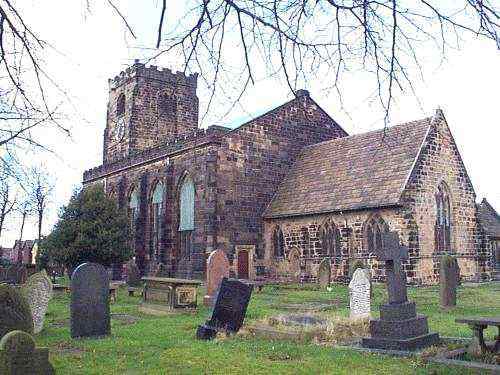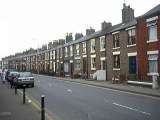Leyland

Leyland

From www.btinternet.com/~elretiro: "Leyland is a small town south of Preston. The name 'Leyland' can be interpreted as Laid Land or Fallow Fields. From Motor Components to Weaving and from Bleaching to Rubber Works, Leyland has been pivotal in the development of many industries.
In its earliest form Leyland would have been more like a series of separate hamlets or groups of buildings situated at certain areas, particularly around water and by the major 'roads'. So for example we may expect communities at say, Earnshaw Bridge, Seven Stars, Top of Church Road/Back Lane and the top of Golden Hill. Pathways would have developed over time to initially link the settlements to each other. They would also have been made along natural boundaries as well (rivers for example). A few of these paths came to be used more frequently than others, possibly for a different reasons (perhaps a better surface, quicker journey or not as steep) and these paths would eventually become wider and form into cartpaths, wide enough for two to pass safely.
The first written evidence for the existence of Leyland, as is true for many places, comes from that most famous of Tax Surveys, the Domesday Book. In the Domesday Book, 'Leyland Hundred' is partly recorded as follows... 'In Lailond 'Hundred'... King Edward held Lailond. There [are] one hide and two carucates of land. Wood two leagues long and one broad and an eyrie of hawks'. The King in question was none other than King Edward the Confessor and the strange references are of Saxon and Norse origin ('Hide is Saxon while 'Carucate' is a Norse unit of measurement of roughly 120acres). •4 After the Norman Conquest, the lands in the North West were handed over to Roger of Poitou. He in turn carved this up as he saw fit. According to the Domesday book there were 4 Radmans (a messenger or mounted escort), a priest, 14 villiens (farmers), 6 bordars (small holding dweller) and 2 Oxherds. In addition, they had between them 8 ploughs and also mentioned are 4 eyries of hawks. The whole lot was worth 50 shillings to the Crown - in contrast to the Barony of Pemwortham which was worth more at 60 shillings."

The population in 1801 was 2,088. Leyland was known for its step houses:
"Built to accommodate weavers in the 1800's, the only remaining houses
are at the top of Fox Lane (formally known as Union Street). Steps lead
down into a cellar where a small number of weavers would work. They were
basically built under the guise of a 'building society'. The cellars were
used to weave in as it would have created a high humidity environment which
appears helpful in the weaving process. After the weaving boom had died
down, the cellars were often sub-letted to more poorer tenants."